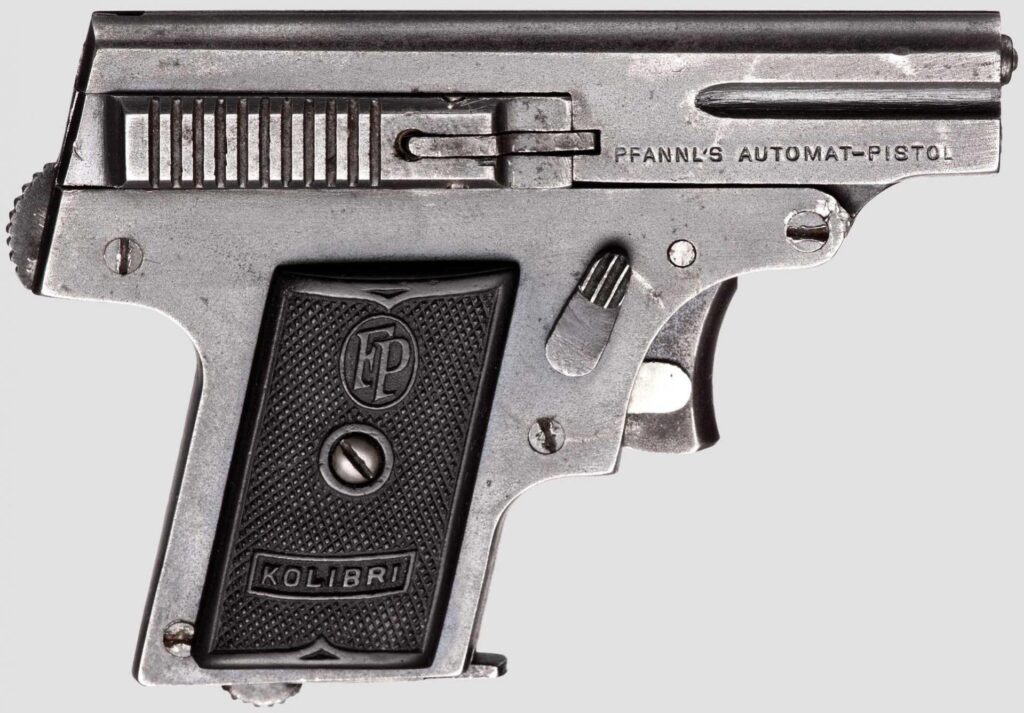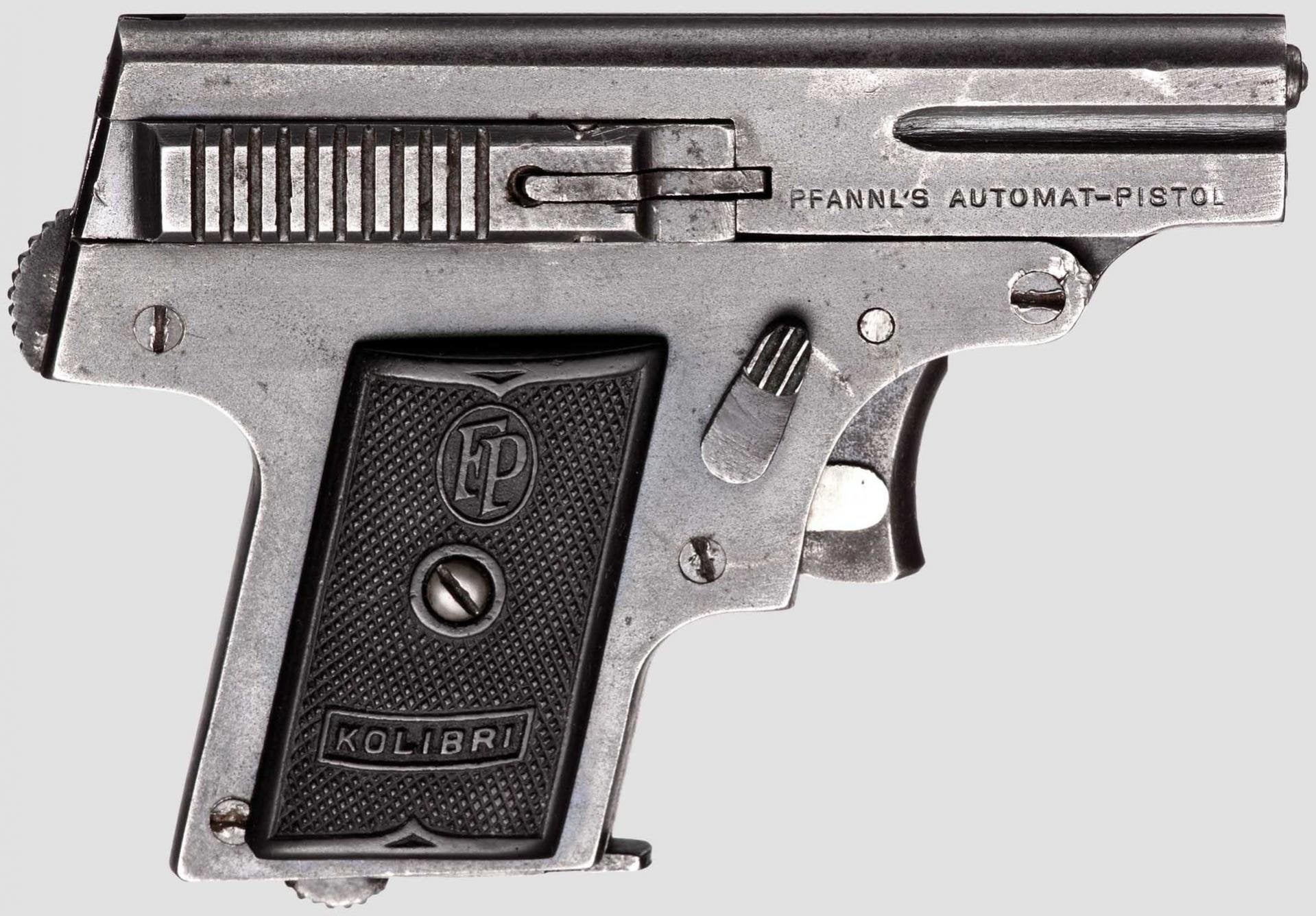
The Curious Case of the Kolibri Gun: A Deep Dive into its History and Controversy
The Kolibri gun, also known as the 2.7mm Kolibri, occupies a unique and somewhat infamous place in the history of firearms. As the smallest commercially available centerfire cartridge, and the firearm designed to chamber it, the Kolibri has captivated collectors and firearm enthusiasts alike. This article delves into the history, design, controversy, and lasting legacy of this diminutive yet intriguing piece of engineering. The Kolibri gun, with its exceptionally small ammunition, was a product of its time, reflecting early 20th-century fascination with miniaturization and novelty. We will explore the context in which the Kolibri gun was developed, its intended purpose, and the reasons why it ultimately failed to gain widespread acceptance. Understanding the Kolibri gun requires looking beyond its size and considering the technological and social landscape of its era.
Origins and Development
The Kolibri gun and its 2.7mm Kolibri cartridge were the brainchild of Austrian watchmaker Franz Pfannl. Pfannl, owner of the watchmaking firm Pfannl & Wels, patented the design in 1910, with production commencing around 1914. The name “Kolibri,” German for hummingbird, was chosen to reflect the cartridge’s small size and, perhaps, its perceived speed. The Kolibri gun was primarily offered as a single-shot pistol, though a semi-automatic version and even a pen gun variant were also produced in limited quantities. The design aimed to provide a concealable and easily portable firearm for self-defense, a common concern in the turbulent pre-World War I era. The Kolibri gun’s compact dimensions made it appealing to those seeking a discreet defensive weapon. The marketing of the Kolibri gun leaned heavily on its novelty and ease of concealment.
Design and Specifications
The 2.7mm Kolibri cartridge is the defining feature of the Kolibri gun. It is a centerfire cartridge, meaning the primer is located in the center of the cartridge base. The bullet itself weighs a mere 0.2 grams (3 grains) and is propelled by a tiny charge of powder. The muzzle velocity is extremely low, estimated at around 650 feet per second. The Kolibri gun pistol itself is equally diminutive, typically measuring around 7 cm (2.8 inches) in length. The single-shot version requires manual loading after each shot. The semi-automatic variant, while more complex, offered a slightly higher rate of fire, but both versions suffered from reliability issues. The sights on the Kolibri gun are rudimentary, reflecting its intended purpose as a close-range, last-ditch defensive weapon. Due to the small size and low power, accuracy was a significant challenge.
Performance and Effectiveness
The Kolibri gun’s performance has been a subject of much debate and criticism. Due to its extremely low muzzle velocity and tiny bullet, the cartridge possesses very little stopping power. Ballistic tests have demonstrated that the 2.7mm Kolibri is barely capable of penetrating thick clothing, let alone causing serious injury. The effectiveness of the Kolibri gun as a defensive weapon is therefore highly questionable. Some argue that the primary purpose of the Kolibri gun was not to inflict lethal damage, but rather to startle or deter an attacker. However, even this limited utility is debatable, given the gun’s unreliability and the difficulty of aiming accurately. The Kolibri gun, in essence, prioritized concealability over practical effectiveness.
Controversies and Criticisms
The Kolibri gun has faced numerous criticisms throughout its history. Its lack of stopping power is a primary concern, with many questioning its viability as a self-defense weapon. Critics also point to the gun’s unreliability, with frequent reports of misfires and jams. The small size of the cartridge and the pistol itself also make them difficult to handle, particularly for individuals with larger hands. Furthermore, the Kolibri gun has been criticized for its potential to be easily concealed and used for illicit purposes. The fact that it could be disguised as a pen further fueled these concerns. The controversy surrounding the Kolibri gun highlights the ongoing debate about the balance between the right to bear arms and the need for public safety.
Decline and Legacy
Production of the Kolibri gun and its ammunition ceased in the late 1930s. Several factors contributed to its demise, including the economic hardships of the Great Depression and the increasing availability of more effective and reliable firearms. The novelty of the Kolibri gun eventually wore off, and its practical limitations became increasingly apparent. Despite its short lifespan, the Kolibri gun has left a lasting legacy. It remains a highly sought-after collector’s item, valued for its rarity and historical significance. The Kolibri gun also serves as a reminder of the early days of firearms development, when experimentation and miniaturization were often prioritized over practicality. The Kolibri gun continues to fascinate and intrigue firearm enthusiasts, serving as a testament to human ingenuity and the enduring allure of firearms. The Kolibri gun is a prime example of innovation that ultimately fell short of its intended purpose but nonetheless captured the imagination of collectors and historians. [See also: History of Small Arms]. The Kolibri gun story is a cautionary tale about the limitations of miniaturization when applied to firearms. The Kolibri gun remains a unique artifact in the history of firearms, prompting discussions about design, effectiveness, and the evolving nature of self-defense technology. [See also: Concealable Firearms: A Historical Perspective]. The Kolibri gun is a testament to the enduring human fascination with miniaturization and the quest for the ultimate concealed weapon.
The Kolibri Gun in Popular Culture
While not a mainstream firearm, the Kolibri gun has made occasional appearances in popular culture. Its unique design and historical significance have made it a subject of interest for writers, filmmakers, and game developers. The Kolibri gun’s appearance in fiction often emphasizes its small size and novelty, sometimes exaggerating its effectiveness for dramatic effect. These portrayals, while not always accurate, contribute to the Kolibri gun’s enduring mystique. The Kolibri gun serves as a symbol of technological curiosity and the sometimes-misguided pursuit of miniaturization. [See also: Firearms in Film and Literature].
Conclusion
The Kolibri gun, despite its diminutive size and questionable effectiveness, remains a fascinating and historically significant firearm. Its creation reflects the technological optimism and experimentation of the early 20th century. While the Kolibri gun ultimately failed to achieve widespread acceptance, it continues to captivate collectors and firearm enthusiasts alike. The Kolibri gun serves as a reminder of the constant evolution of firearm technology and the enduring human fascination with innovation, even when it leads to impractical or controversial designs. The story of the Kolibri gun is a complex one, encompassing engineering, history, and the ongoing debate about the role of firearms in society. [See also: The Evolution of Firearm Technology].

